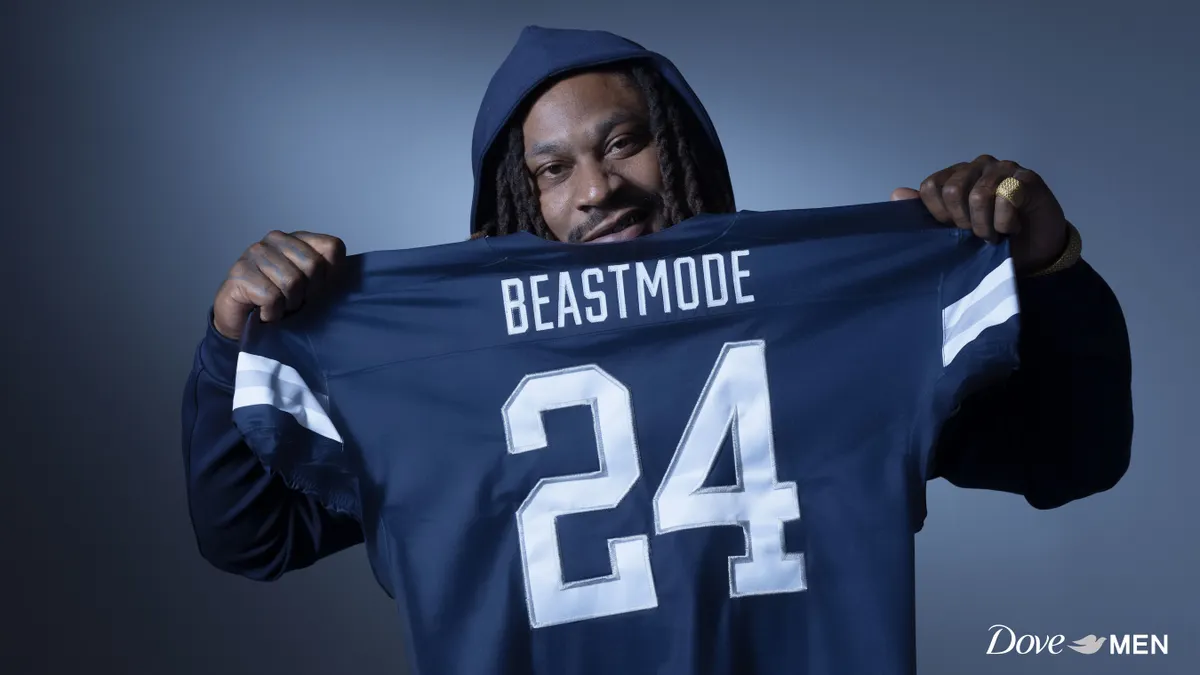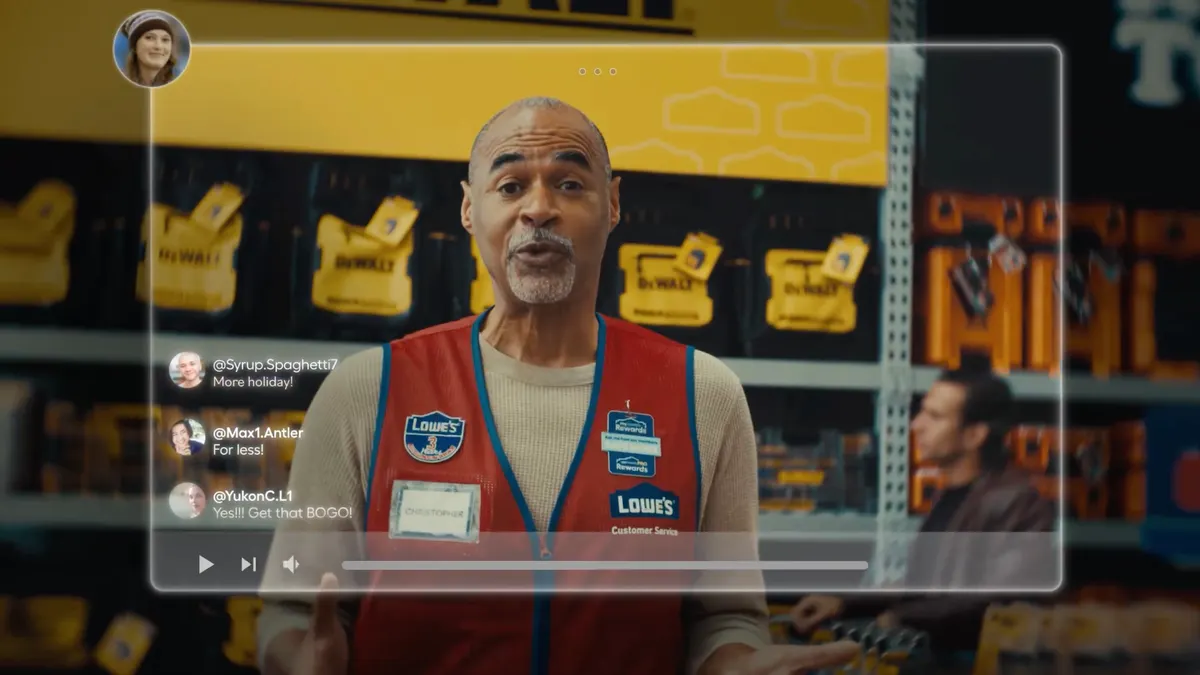The following is a guest post by John Connors, CEO and co-founder at Boathouse. Opinions are the authors' own.
There has been a lot of discussion recently about why the CMO is not succeeding. Why tenure is at an all time low. Why CMOs are not being invited into board meetings. The answers typically place blame on the CEO for the CMO's decline. The role was not well defined; they were not given the necessary budget; they were not given the dollars to hire; the performance expectations were unrealistic. Try searching "why CMOs do not succeed" and you will see the excuses pile up.
In the face of this adversity, CMOs have been busy. They have repositioned the title; they have built in-house agencies; they have expanded their investment in digital, social and mobile; they have held agency reviews; they have become agile; they have increased their percentage of ROI marketing so they can prove performance; they have built mar-tech stacks; they have first-party data strategies... and none of it has helped. The shiny objects are piling up and the CMO's tenure has continued to decline.
As we seek out the comfort of our peers and ponder "how could it be so," we need to look in new places for the solution. We need to stop blaming the CEO and start thinking about new frameworks and revisiting the fundamentals of what we do as marketers.
Stop blaming the CEO
The correction starts by turning our attention and our intellects to the CEO. We spend so much time studying the marketplace, target audiences, segments, personas, customer journeys and funnels, and we do not spend nearly enough time understanding our own CEOs. The CEO job is the hardest job in the company by a factor of ten and it only gets more difficult every year.
By our analysis, the CEO has to balance five-to-ten target audiences, depending on the company. If you analyze the CEO's calendar over a typical quarter, their pain will jump off the spreadsheet. They have to manage investors, board members, employees, consumers, media, elected officials and regulators. Now add pandemics, climate and sustainability pressure, and diversity, equity and inclusion, and the complexity multiples again. From our interviews with CEOs, there is cross-industry agreement that they all misjudged how much external forces impact their ability to do their job. The majority also now realize, as CEOs, how they were protected from those forces as they rose up the company ranks and that it was only as they became CEOs that they realized how significantly external forces frame the role.
Now picture how disconnected the CMO looks when they walk into the room and say things like "it's all about the consumer." It is madness. It has to stop. And yet it is the fundamental principle of brand management and a core reason we are out of position.
Reflect for a minute on how many documents your team has created in the last year or two that analyze the complexity your CEO is facing. Likely that number is zero. We need to help the CEO. We need to think about the CEO as an audience and craft strategies off these insights. Some would call this "a relationship," McKinsey & Co. would call it an "intangible," physicians call it "empathy." Whatever you want to call it, we beg you to turn your strategic and analytic powers inside and stop treating the CEO as the reason for CMO failure.
A new framework
You will also need a new framework for execution. Please throw your brand management books in the trash as they got you here by making you believe that it is all about the consumer. Please also stop idolizing the tactics of the marketing one-percenters (those with more than $250 million in U.S. ad spend). It is like comparing your family's budget to that of Jeff Bezos or Elon Musk.
Instead, think about marketing as a systems problem. Think about marketing like your last trip to the chiropractor. It is all about alignment. Start with a clean sheet of paper or spreadsheet. On one side of the page are all the audiences and external pressures the CEO is managing. On the right side of the page are all of your tactics from the last 12 months. Now in the simplest way, determine if you are really helping and supporting the CEO the way you believe you are. Most times when we do this with CMOs it becomes clear they are highly overweighted to the consumer. This behavior is similar to having your investment portfolio overweighted to a single asset class. It exposes you unnecessarily to market volatility. In this case that volatility translates to CMO turnover.
Moving forward you will be able to supercharge this simple alignment exercise with artificial intelligence (AI). The tools are now emerging that will enable you to quantify your alignment as a company. Emerging AI companies are indexing every piece of content in the world, every 15 minutes in 120 languages. Soon you will be able to create a narrative alignment index or score. Imagine AI tools indexing your investor messaging, employee communications, employee feedback on job boards, PR, paid and organic marketing, and feedback from consumers on social and review sites. On a single page you could show the CEO that you not only understand all they are managing but you are harnessing marketing to keep it all aligned. That will be the new performance and it can revitalize marketing’s importance.
The CMO tenure problem will not be solved with tactics or new shiny objects or ROI alone — that is a fool's errand. We have to do the hard work of better aligning with the CEO as a way to better align with the ambitions of the company. CMOs can be the catalysts for the entire organization, but we need to stop blaming the CEO.



















